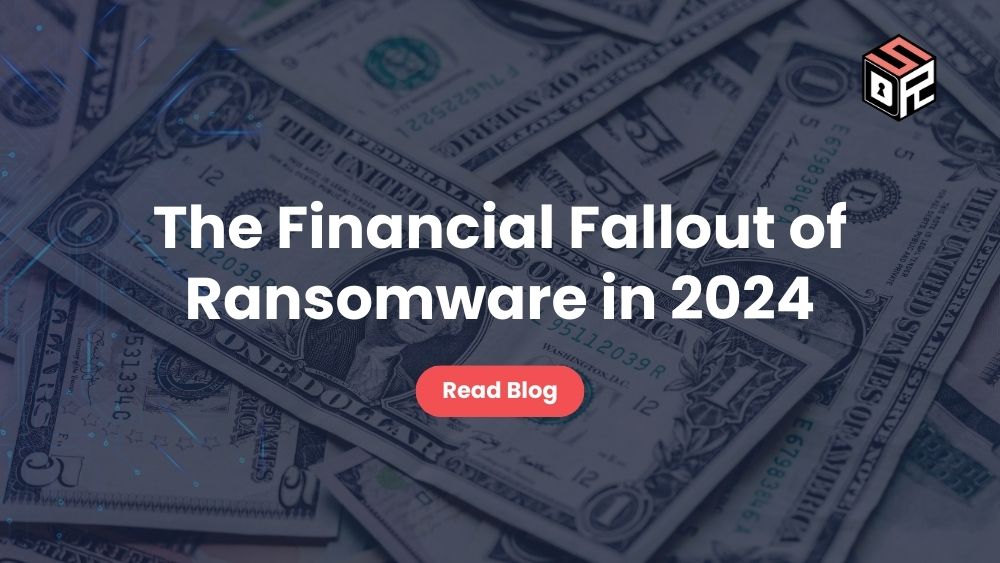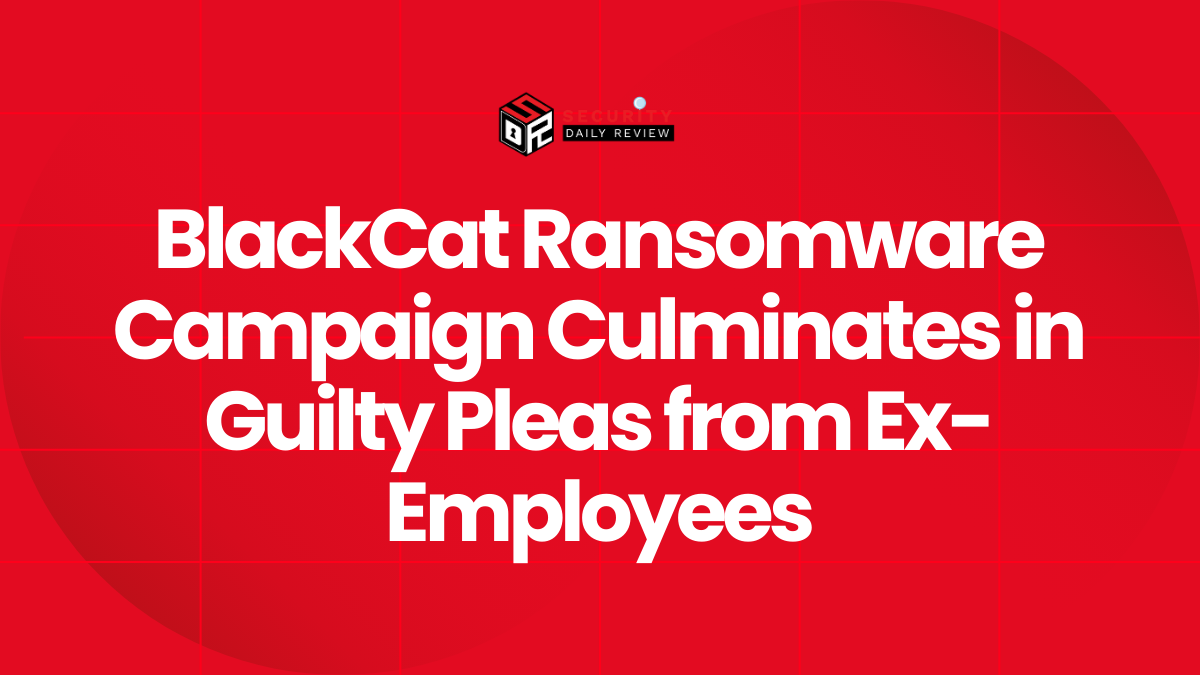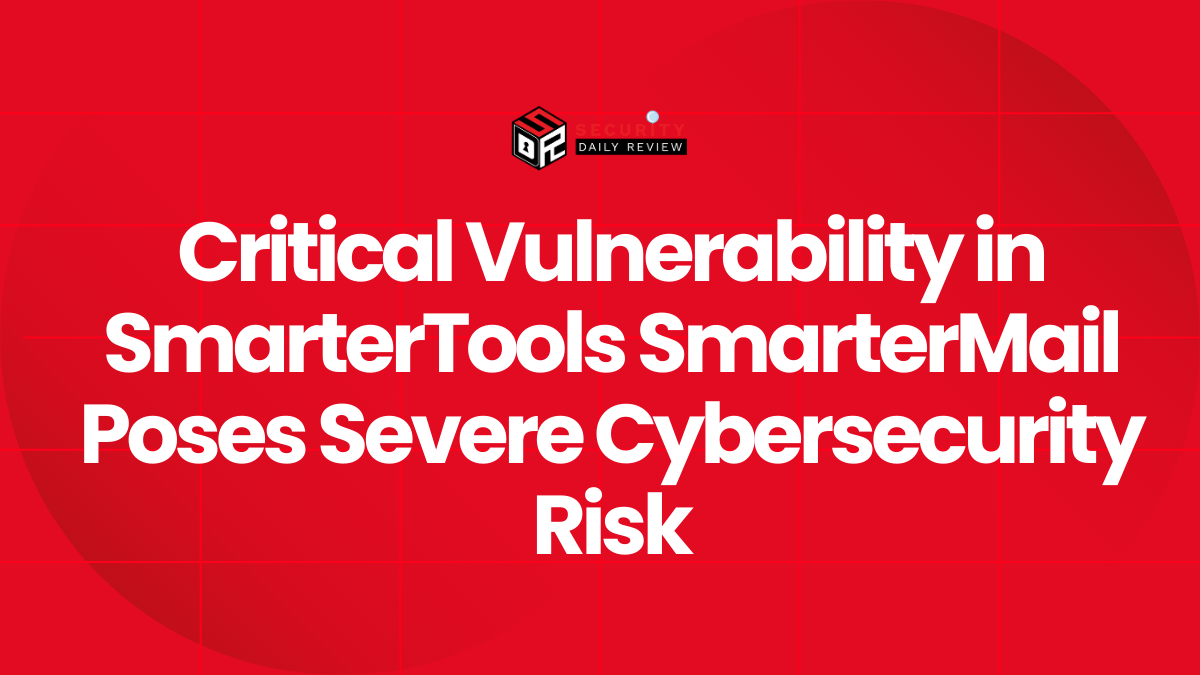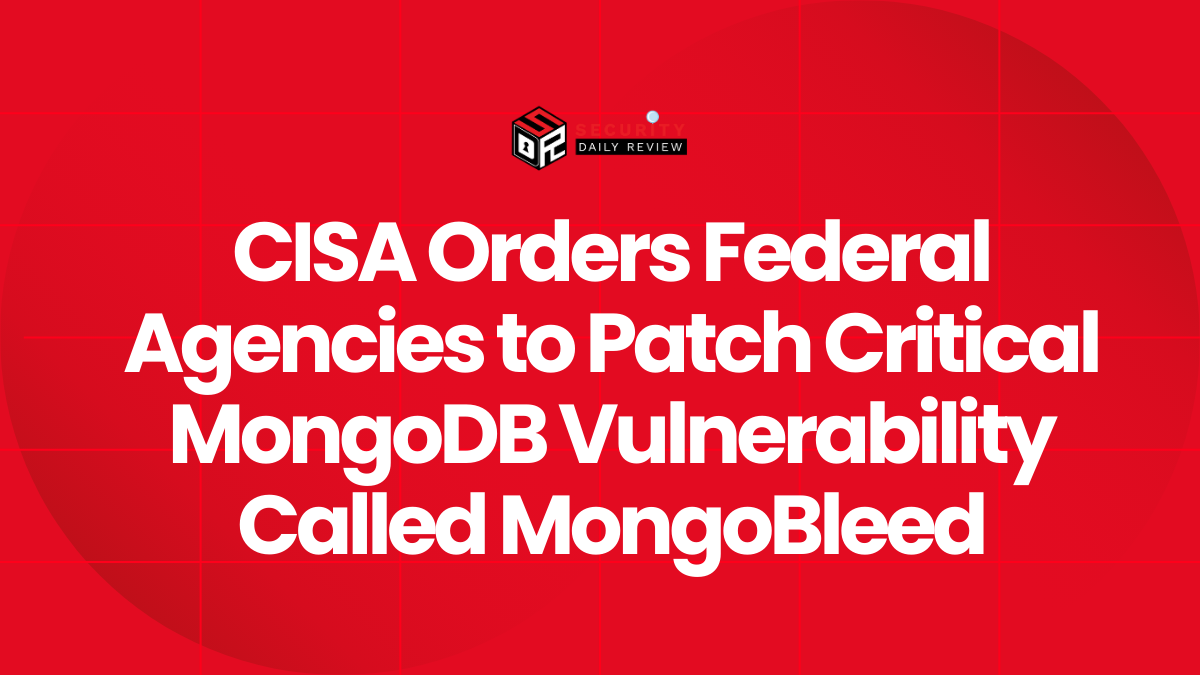Ransomware has quickly evolved into one of the biggest cybersecurity threats for enterprises worldwide. The financial toll it takes each year continues to surge to new record highs.
In 2024, ransomware attacks continue to wreak havoc, causing significant financial disruptions and forcing organizations to grapple with crippling consequences.
A recent report by Coveware, a cybersecurity incident response firm, paints a grim picture. Their data reveals that ransomware attacks raked in a staggering $450 million in the first half of 2024 alone. This represents a 71% increase compared to the same period in 2023 and signifies a disturbing upward trend. The average ransom payment also saw a significant rise, jumping to $268,000 – a 25% increase year-over-year.
These figures highlight the growing financial incentive for cybercriminals to deploy ransomware attacks, targeting not only large corporations but also small and medium-sized businesses (SMBs). For businesses, the decision to pay a ransom is often a desperate gamble – a choice between restoring critical data and operations or facing crippling downtime and potential financial ruin.
The Enterprise Bullseye: Why Businesses Are Prime Targets
Enterprises are particularly attractive targets for ransomware attacks due to several factors:
Greater Financial Resources: Large businesses are often perceived by attackers to have deeper pockets and a stronger ability to pay hefty ransoms.
Valuable Data: Enterprises usually possess vast amounts of sensitive data, including customer information, intellectual property, and financial records. The threat of data breaches adds another layer of pressure for businesses to pay ransoms.
Complex IT Infrastructure: With complex networks and diverse software systems, enterprises can take longer to detect and contain ransomware attacks. This extended window of opportunity allows attackers to wreak more havoc.
The Financial Fallout: Ransomware Payments Hit Record High Levels
According to the latest report by Chainalysis, ransomware victims have paid a record-breaking $459.8 million to cybercriminals in the first half of 2024 alone. If this trend continues, total ransomware payments for 2024 are poised to surpass the previous annual record of $1.1 billion set in 2023.
Median ransom payment amounts skyrocket
Chainalysis data shows the median ransom payment amount has risen dramatically from under $199,000 in early 2023 to $1.5 million in June 2024. This indicates ransomware groups are increasingly targeting larger enterprises to extract higher ransoms.
$75 Million “Super Payment” Sets New Record
In a striking data point, one Fortune 50 company reportedly paid a whopping $75 million ransom in early 2024 to resolve a Dark Angels ransomware attack. This single payment dwarfs all others and demonstrates how disruptive ransomware incidents at major corporations can be.
Ransomware Attacks and Victims Increased in Number
It’s not just the payment amounts that are growing – according to data from the Ecrime.ch tracking portal, the total number of confirmed ransomware attacks increased 10% year-over-year in 2024 compared to 2023 levels.
Chainalysis’ analysis of victims published on dark web extortion sites used by ransomware gangs also showed a similar year-over-year rise. This further reinforces that ransomware gangs successfully compromised more organizations overall in their criminal operations this year despite law enforcement actions.
However, Chainalysis noted one positive trend – while gross ransom payment amounts and attack volumes increased, the total number of actual payment events recorded on the Bitcoin blockchain declined by 27.27% year-over-year. This indicates that proportionally fewer victims are electing to pay ransoms for decryption keys.
Estimates show only around 28% of victims paid ransoms in Q1 2024, marking one of the lowest rates on record as per Coveware’s figures. So while the problem persists, more enterprises are seemingly adopting stronger risk management practices around ransomware threats.
Stolen Crypto Surged Due to Uptick in Exchange Hacks
In addition to ransomware, other forms of cybercrime activity increased the financial damages in 2024. Chainalysis reported that total funds stolen by cybercriminals through various hacks and thefts reached $1.58 billion for the first seven months of the year – double the $857 million recorded over the same period in 2023.
A key factor behind this surge was the growing preference of cybercriminals to target centralized cryptocurrency exchanges rather than decentralized finance (DeFi) platforms that saw more activity in past years. The average amount stolen in individual hacks jumped by around 80% as criminal groups could make off with millions worth of digital assets from compromised exchange wallets and hot storage systems in single operations.
Mitigating the Ransomware Threat: Building a Robust Cybersecurity Strategy
Prioritize Cybersecurity Awareness Training
Educating employees on ransomware threats and best practices for phishing email identification and secure data handling is paramount. Regular training sessions should cover:
Phishing awareness: Teach employees to recognize and avoid suspicious emails, links, and attachments.
Password hygiene: Emphasize the importance of strong, unique passwords and avoiding password reuse.
Data security: Educate employees about proper data handling practices, including backing up critical data and avoiding unauthorized sharing of sensitive information.
Incident reporting: Encourage employees to report any suspicious activities or security incidents promptly.
Implement Robust Network Security Measures
A strong network infrastructure is essential for defending against ransomware attacks. Key security measures include:
Firewall protection: Deploy firewalls to filter incoming and outgoing network traffic, blocking unauthorized access.
Intrusion detection and prevention systems (IDPS): Utilize IDPS solutions to monitor network activity for signs of malicious behavior and prevent attacks.
Endpoint protection: Protect devices with antivirus and antimalware software to detect and block threats.
Network segmentation: Isolate critical systems and data to limit the impact of a potential breach.
Regular vulnerability assessments: Conduct thorough vulnerability assessments to identify and address weaknesses in the network infrastructure.
Backup and Recovery Strategies
Regular data backups are crucial for business continuity in the event of a ransomware attack. Implement the following backup strategies:
3-2-1 backup rule: Maintain at least three copies of data, stored on two different media types, with one copy stored off-site.
Regular testing: Conduct regular backup tests to ensure data can be restored successfully.
Immutable backups: Utilize backup solutions that prevent data modification or deletion, protecting them from ransomware encryption.
Air Gapping: Store data in Air gapped backups can only be accessed physically through their local interface and ports, making them essentially impossible for remote hackers to reach and encrypt via ransomware.
Incident Response Planning
A well-defined incident response plan is essential for effectively managing a ransomware attack. Key components of an incident response plan include:
Incident response team: Establish a dedicated team responsible for handling security incidents.
Communication protocols: Develop clear communication channels for internal and external stakeholders during an incident.
Containment procedures: Define steps to isolate infected systems and prevent the spread of ransomware.
Data recovery procedures: Outline the process for restoring data from backups.
Business continuity planning: Develop strategies to maintain critical business operations during and after an attack.
Get Cyber Insurance Coverage
Cyber insurance can provide financial protection against the costs associated with a ransomware attack, including ransom payments, data recovery expenses, and business interruption losses. It is essential to carefully review policy terms and conditions to understand the scope of coverage.
Continuous Monitoring and Threat Intelligence
Stay informed about the latest ransomware threats and trends by leveraging threat intelligence feeds. Continuously monitor network activity for signs of malicious activity and update security measures accordingly.
Employee Training and Awareness
Regularly reinforce cybersecurity awareness training to ensure employees remain vigilant against evolving threats. Conduct phishing simulations to test employee awareness and identify areas for improvement.
By implementing these comprehensive cybersecurity measures, businesses can significantly reduce the risk of falling victim to ransomware attacks and mitigate the financial consequences when incidents occur. Remember, ransomware is a persistent threat, and staying vigilant is crucial for protecting your organization.
Takeaways for Businesses on the Growing Financial Toll
Overall, the financial fallout from ransomware and broader cybercriminal behavior continues worsening as threat groups evolve their TTPs and companies struggle with persistent security gaps. Some key takeaways for enterprises based on the 2024 trends so far:
- Ransomware is a multi-billion dollar criminal industry and growing rapidly – organizations must view associated risks as critical business issues, not just IT problems.
- Large enterprises possessing troves of sensitive data and able to pay sizeable ransoms are prime targets – beefing up defenses against advanced persistent threats is paramount.
- Most ransomware involves some form of initial intrusion due to vulnerabilities or mistakes; hardening networks, patching, and user awareness can help reduce entry points.
- Paying ransoms often leads to continued targeting and does not guarantee data won’t be leaked – offline immutable and air gapped data backups and disaster recovery are must-have precautions.
- Cryptocurrency theft from centralized platforms poses new risks; managing digital asset holdings securely and limiting exchange balances reduces potential downsides.
- Multifaceted security programs involving people, processes and technology will be most effective against the financially-motivated cybercrime pushed by today’s threat landscape. A holistic risk management approach is needed.
If 2024 trends hold, ransomware and associated damages will continue shattering records in the years ahead. It is imperative for businesses of all sizes to treat cybersecurity as a top strategic priority and invest accordingly to curb the financial fallout. Those who fail to adapt may face potentially ruinous consequences down the line.
FAQs
Q: What is ransomware and how does it work?
A: Ransomware is malicious software that encrypts a victim’s files, rendering them inaccessible. Attackers demand a ransom payment in exchange for a decryption key to restore access to the data.
Q: How do ransomware attacks typically occur?
A: Ransomware attacks often start with phishing emails containing malicious attachments or links. Once clicked, the malware infects the system and begins encrypting files.
Q: Who are the main targets of ransomware attacks?
A: Ransomware attacks can target individuals, businesses, and organizations of all sizes. However, enterprises with valuable data and critical infrastructure are often high-value targets.
Q: What is the average cost of a ransomware attack?
A: The average cost of a ransomware attack varies depending on factors such as business size, industry, and the extent of the damage. However, the total cost can range from hundreds of thousands to millions of dollars.
Q: What are the hidden costs of a ransomware attack?
A: Beyond the ransom payment, businesses may incur additional costs such as downtime, lost productivity, data recovery, legal fees, and reputational damage.
Q: How can businesses protect themselves from ransomware attacks?
A: Implementing robust cybersecurity measures, employee training, regular backups, and incident response plans can significantly reduce the risk of a ransomware attack and its financial impact.
Q: Why do ransomware attackers prefer cryptocurrency payments?
A: Ransomware attackers often prefer cryptocurrency payments due to the anonymity, speed, and global reach offered by these digital currencies.
Q: Can cryptocurrency payments be traced?
A: While it is challenging to trace cryptocurrency transactions completely, law enforcement agencies have developed tools and techniques to track the movement of funds.
Q: How can businesses mitigate the risks of cryptocurrency-based ransomware attacks?
A: Diversifying payment methods, implementing strong cybersecurity measures, and staying informed about emerging threats can help mitigate the risks associated with cryptocurrency-based ransomware attacks.









